1960 C1 Corvette Overview – The Ultimate Guide
It is said that when you find something that works, don’t change it. For Chevrolet, this sentiment resonated amongst the senior designers of the Corvette. Despite the conceptual changes that Bill Mitchell had been toying with since 1958, the reality was that the Corvette was going to be around in its current form for a few more years. From a sales standpoint, this seemed to sit just fine with GM executives, who had watched Corvette’s financial successes gain more ground with each passing year. Even in 1958, when an economic recession impacted so many manufacturers, the Corvette had succeeded in turning a profit.
Surely, the Corvette still had room to grow – even if that growth meant staying the same from 1959 to 1960, stay the same it did. From a design standpoint at least, the 1960 Corvette is virtually indistinguishable from 1959. The body lines and chrome trim is nearly identical on both models. The interiors have virtually no distinguishable differences. In short, the 1960 Corvette was, from all design purposes, a continuation of the 1959 production model.
However – the engineers behind the power plant that gave the Corvette it’s heart and soul had something new in mind for the 1960 model year. The top two engines, both fuel injected or “fuelie” engines, received an increase in their overall horsepower. The addition of solid lifters and a higher, 11.0:1 compression ratio boosted the strongest of the fuelie engines to 315-bhp at 6,200 rpms. The second most powerful engine included hydraulic lifters (which made for easier maintenance) and pumped out an impressive 275-bhp at 5,200 rpms.
Because of these performance increases, the Powerglide automatic transmission was no longer an option, as it simply could not handle the torque these new powerhouse engines generated. The carbureted engines that were also included as optional engines for the 1960 model remained the same as they had on earlier models.
The most conservative of these engines was a 230 horsepower engine that included a single, four-barrel carburetor. Next in succession of horsepower was a 245-bhp, hydraulic lifter version of the same engine that included a dual-quad carburetor. Topping these was the 270-bhp engine with twin four-barrel carburetors.

The refinements to the 1960 Corvette did not end with the engine. In 1956, Zora Arkus-Duntov developed the “Duntov Cam”, a high lift camshaft that was intended to help make Corvette a contender in the international racing circuit.
While this cam proved most effective in generating the extra performance necessary to produce a car capable of winning against the staunchest of competitors, it also caused engine temperatures to rise far above similar engines with more conventional cams. To compensate for this, aluminum radiators were introduced in the 1960 Corvettes for anyone ordering a Corvette with the Duntov Cam option.
Aluminum clutch housings for the manual transmissions were also introduced, which helped to drop the Corvette’s overall weight by eighteen pounds (18lbs). A power-saving, thermostatically controlled cooling fan was introduced as a new option, as was a long range, 24 gallon fuel tank.
Standard options for the 1960 Corvette included the introduction of a larger-diameter front anti-roll bar matched and a new, heavier duty rear bar. These changes, plus an extra inch of rear-wheel travel in rebound produced a smoother riding, more neutral handling Corvette than ever before.
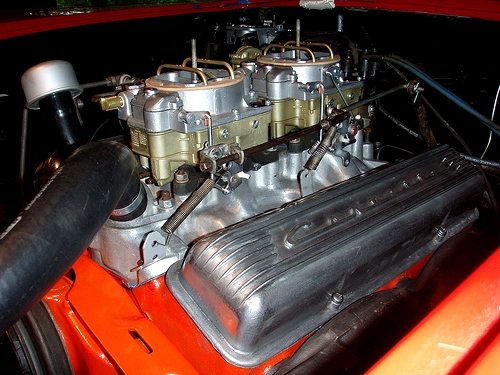
Although Chevrolet shied away from advertising the Corvette as a performance car after a ban on racing had been put into place by the Automotive Manufacturers Association ( or “AMA” for short), Chevrolet continued to offer many performance options for the 1960 model year.
Aside from the optional, “beefed up”, 315 horsepower engine which carried an additional cost of $484.20, there was also the option of ordering Positraction for $43.05 and a four-speed gearbox for $188.30. Additionally, the metallic brake linings were again made available as a $26.90 option.
Whereas a few short years ago the Corvette was railed by critics for it’s lack of performance, the Corvette had come into it’s own as a genuine sports car both in the United States as well as around the world.
It’s on road abilities were no longer questioned. It had been accepted as a serious contender in many racing circuits, despite the decision made by the AMA. In fact, 1960 saw three Corvettes run at the famous “24 Hours of Le Mans”. Owned by yachtsman and one-time car builder Briggs Cunningham, the Corvette proved it’s mettle against some of the staunchest competitors in the world. Drivers Bob Grossman and John Fitch drove one of these Corvettes to a respectable eighth place overall finish. It was privately owned without formal manufacturer’s support and that it was competing against factory racing prototypes from some of Europe’s most illustrious manufacturers, it makes the measure of their success that much greater.
DID YOU KNOW: While steel-belted tires are common today, back in the 1950’s, they were unheard of. In fact, the 1960 Corvette was the first Corvette to use Nylon Belted Tires (a type of tire that is still sometimes used today, though not as durable as a steel belted tire). Prior to 1960, the Corvette (along with most other production cars), used cotton ply tires. A “cotton ply” was the cross layering of cotton fabric on the interior of a tire to provide adequate wall strength to hold the pressurized air when the tire was inflated.
After the run at LeMans, where Cunningham’s Corvette achieved a top speed of 151 miles per hour down the Mulsanne Straight, Chevrolet began to offer Cunningham cylinder heads cast from a high-silicon aluminum alloy. The heads, (based on a design that was first introduced to the 1957 Sebring Corvette SS prototype racer,) maintained the stock 11.0:1 compression ratio but featured improved intake and exhaust flow. Although the use of aluminum heads was fine in theory, the reality of these heads were that they tended to warp if the engine overheated.
Further, Chevrolet had quality control issues with the castings used to create these aluminum heads. The belief is that these heads, which provided proven performance, were never made available to retail customers.
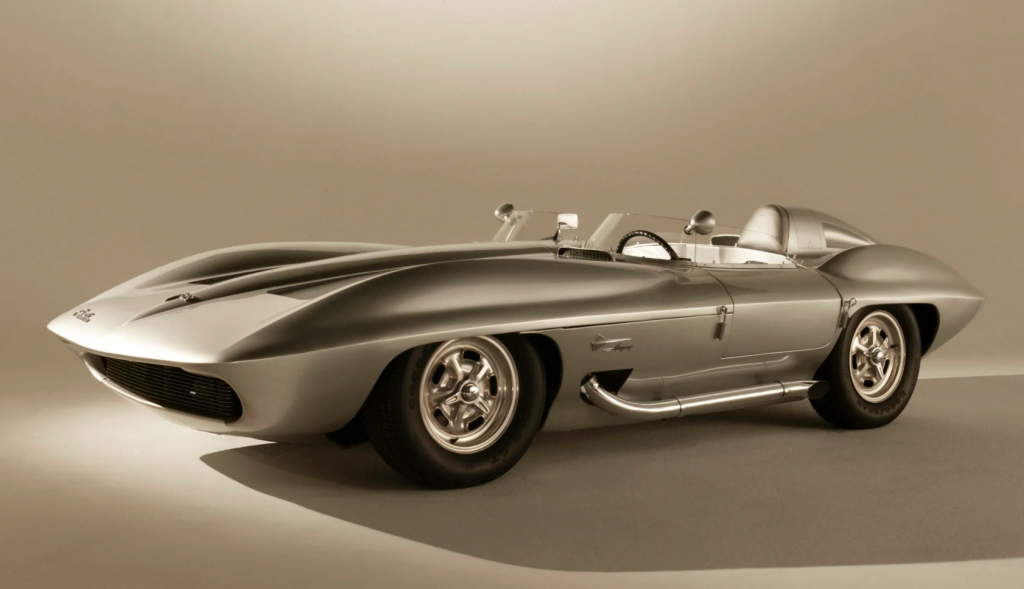
The ongoing debate about a second generation Corvette continued to be a topic of much discussion throughout 1960. However, unlike previous years where prototype designs and rumored modeling ended up abandoned without the funding to become anything more than design sketches or clay models, 1960 saw the debut of a dramatic, new special edition Corvette called simply “Stingray” that was “privately” campaigned by GM Design Chief Bill Mitchell.
The fact alone that Bill Mitchell had succeeded Harley Earl’s position upon his retirement in 1958 led many Corvette enthusiasts to believe that this “track edition” Stingray Corvette would guide the shape of things to come.
In addition to the dramatic, bold look of the Stingray, Mitchell also continued to work on breathing new life into the existing Corvette styling, which had gone virtually unchanged since 1956. However, despite an abundance of design ideas from the team of designers in his studios, the Corvette would continue to remain mostly unchanged until 1962.
While individuals like Mitchell were envisioning a new Corvette on the horizon, Chevrolet had it’s priorities set on other ventures, including the Corvair. Although Ed Cole’s technically advanced, compact Corvair was considered one of the most interesting of the Big Three’s new 1960 small cars, it was plagued with service issues including oil leaks, thrown fan belts, and tuning difficulties, among others.
Production Volumes
When it failed to outsell the Ford Falcon that same year, General Motors allocated money to be put aside to fund other, more conventional compact cars, which would ultimately cut into the development dollars that could/would be spent on developing another Corvette. For now, the Corvette would have to continue to weather on in it’s current form.
And weather on it did. In 1960, Corvette overcame the sales hurdle that had eluded it for so many years – it sold more than 10,000 units that year. In fact, 10,261 Corvettes were sold in 1960, breaking the psychologically important “10K” barrier and making it the most successful Corvette (from both a performance and a sales standpoint) yet.
Corvette had proved itself to the General Motors executives and it’s long-term future was most definitely assured.
1960 Corvette Specifications & Performance
See the complete breakdown of technical specifications for the 1960 Corvette, including engine, suspension, brakes, body dimensions, and power. See complete 1960 Corvette specifications & performance.
Engine & Transmission
Perhaps the most notable change was the top engine performance level, which was a fuel-injected 283 CID V8 that was rated at 315 horsepower, up from 290 the year before. And there were four more options Corvette drivers could choose to put under the hood. All were 283 CID V8s, and the other fuel-injected motor now produced 275 horsepower, as opposed to its 250 rating the previous year.
These power gains were achieved using solid lifters and a higher 11.0:1 compression. Because of these horsepower gains, the two-speed automatic transmission was no longer offered for Corvettes with fuel-infected engines. Buyers can choose from either a three- or four- speed manual transmission. There were also two versions of a 2×4-barrel engine: one rated at 245 horsepower and the other rated at 270. The base engine was a 4-barrel 283 that was rated at 230 horsepower.
Performance
We couldn’t find credible performance numbers for all of the 1960 Corvette combinations, but we did find that the RPO 469C managed a 0 – 60 mph time of 8.4 seconds and a top speed of 124 mph according to Corvette – An American Classic, 1978.
See complete 1960 Corvette specifications & performance.
1960 Corvette Vehicle Identification Numbers (VIN)
The last six digits begin at 100001 and run thru 110261, accounting for each of the 10,261 Corvettes built-in 1960. Each Vehicle Identification Number (VIN) is unique to an individual car. For all 1960 Corvettes, the location of the Vehicle Identification Number (VIN) is located on the steering column in the engine compartment.
The 1960 Corvette is the first year that did not feature the VIN tag in the door jamb (as with all previous models). It is also the first-year Corvette that included a VIN that was in excess of ten digits. The VIN is also stamped on several locations on the Corvette frame.
Read more: 1960 Corvette VINs.
1960 Corvette Price & Options
Core Features & Factory Options
The 1960 Corvette was largely unchanged compared to the 1959 model; the biggest update was six new colors including Cascade Green. Aluminum radiators came with the 270 hp (RPO 469C, $182.95) and 290 (RPO 579D, $484.20) hp engines. An exterior update could be found in the wheels which were body colored in 1960. It’s a way to differentiate it from the 1959 Corvette, which featured black wheels.
When the Corvette was introduced in 1953, buyers had few if any options to choose from to customize their car. In fact, even some features listed as options on sales literature at that time were actually a mandatory choice. So it was a relief that by the time the 1960s rolled around, Corvette-buyers did have a few more options – most notably that top performing engine.
Colors
The 1960 Corvette was largely unchanged compared to the 1959 model; the biggest update was six new colors including Cascade Green. Cascade Green was a metallic as opposed to the solid Cascade Green of 1956, ’57. Colors for 1960 were: Tasco Turquoise 635 (6.19%), Horizon Blue 766 (7.47%), Honduras Maroon 1,202 (11.71%), Roman Red 1,529 (14.90%), Ermine White 3,717 (36.22%), Sateen Silver 989 (9.64%), Cascade Green 140 (1.36%) and Tuxedo Black 1,268 (12.36%).
Pricing
Base Corvette with 283 cu. in. 230 hp engine and three speed manual transmission: $3,872.00. The 315 horsepower engine added $484.20 to the price of the car. The four-speed transmission cost $188.30 more than the three-speed version, and Positraction added $43.05 to the price of the car. Metallic brake linings added $26.90 to the car, and one of the cheapest options was to choose 6.7×15-inch black wall tires over the standard 5.5×15-inch whitewall tires. This swap added $15.75.
| CODE | DESCRIPTION | QUANTITY | RETAIL PRICE |
| 867 | Base Corvette Convertible | 10,261 | $3,875.00 |
| 101 | Heater | 9,808 | $102.25 |
| 102 | AM Radio, signal seeking | 8,166 | $137.75 |
| 107 | Parking Brake Alarm | 4,051 | $5.40 |
| 108 | Courtesy Lights | 6,774 | $6.50 |
| 109 | Windshield Washers | 7,205 | $16.15 |
| 121 | Temperature Controlled Radiator Fan | 2,711 | $21.55 |
| 261 | Sunshades | 5,276 | $10.80 |
| 276 | Wheels, 15 x 5.5 (5) | 246 | $0.00 |
| 290 | Whitewall Tires, 6.70 x 15 | 9,104 | $31.55 |
| 313 | Powerglide Automatic Transmission | 1,766 | $199.10 |
| 419 | Auxiliary Hardtop | 5,147 | $236.75 |
| 426 | Power Windows | 544 | $59.20 |
| 440 | Two-Tone Paint Combination | 3,312 | $16.15 |
| 469 | 283ci, 245HP Engine (2×4 Carburetors) | 1,211 | $150.65 |
| 469C | 283ci, 270HP Engine (2×4 Carburetors) | 2,364 | $182.95 |
| 473 | Power Operated Folding Top | 512 | $139.90 |
| 579 | 283ci, 275HP Engine (Fuel Injection) | 100 | $484.20 |
| 579D | 283ci, 315HP Engine (Fuel Injection) | 759 | $484.20 |
| 675 | Positraction Rear Axle | 5,231 | $43.05 |
| 685 | 4-Speed Manual Transmission | 5,328 | $188.30 |
| 686 | Metallic Brakes | 920 | $26.90 |
| 687 | Heavy Duty Brakes and Special Steering | 119 | $333.60 |
| 1408 | Blackwall Tires, 6.70 x 15 Nylon | – | $15.75 |
| 1625A | 24 Gallon Fuel Tank | – | $161.40 |
Read more: 1960 Corvette pricing and factory options.
1960 Corvette Gallery
Much like 1959 had been, 1960 was very much a carryover year, particularly as far as visuals for the car were concerned. However, there were still quite a few tricks up Chevy’s sleeve that improved the car. This was a trend that had been developed since the earliest days of the Corvette: even if the styling stays essentially the same, continue improving specific parts of the car. The continuing rise of sales numbers would show that this plan was working.
See full 1960 C1 Corvette Image Gallery


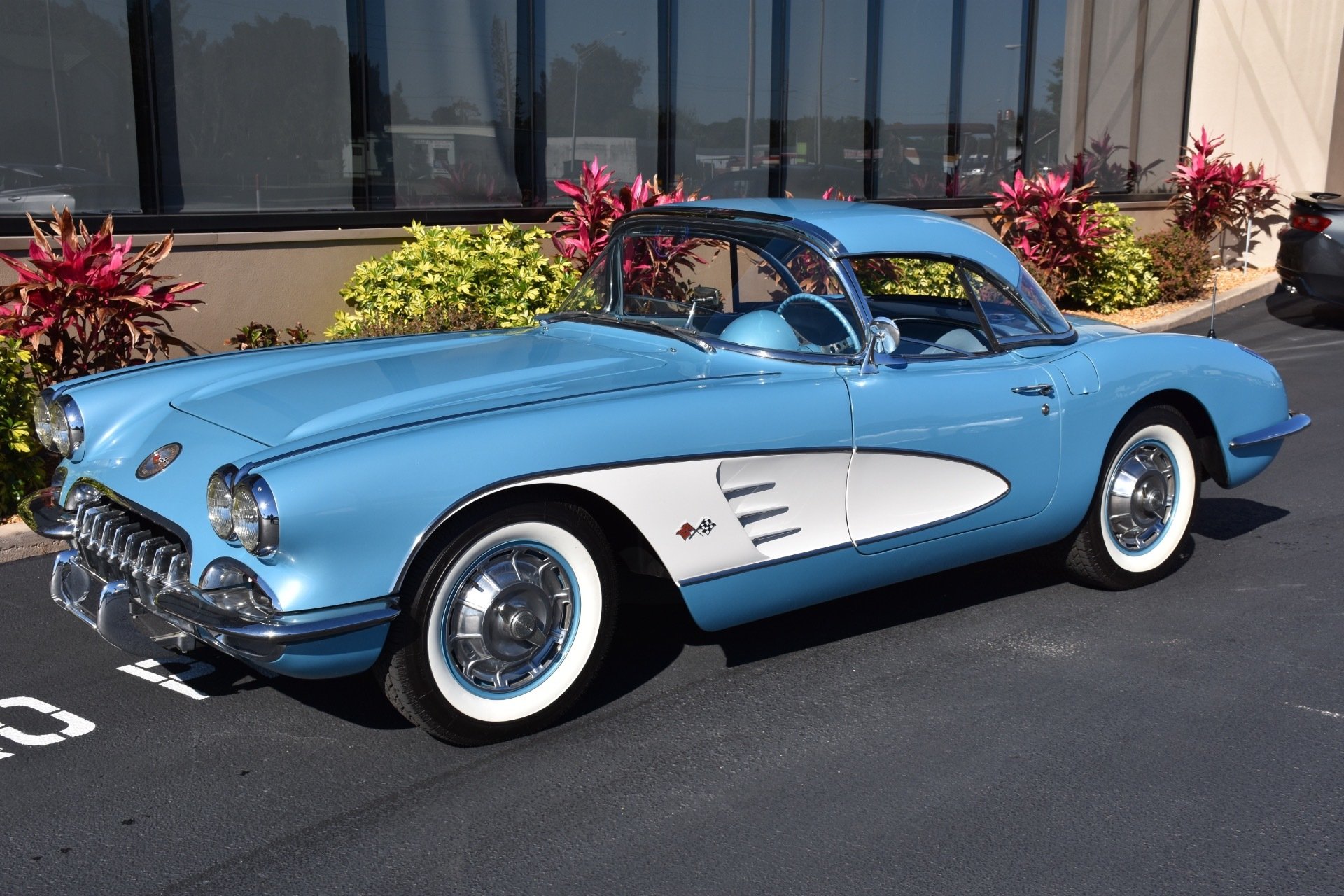
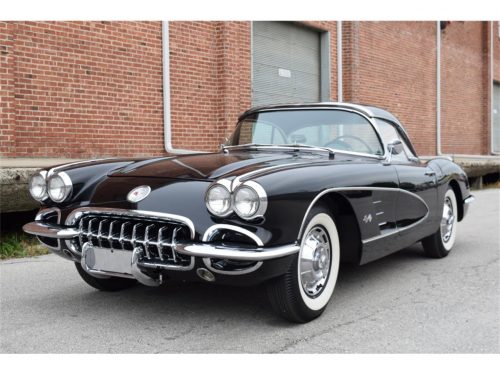
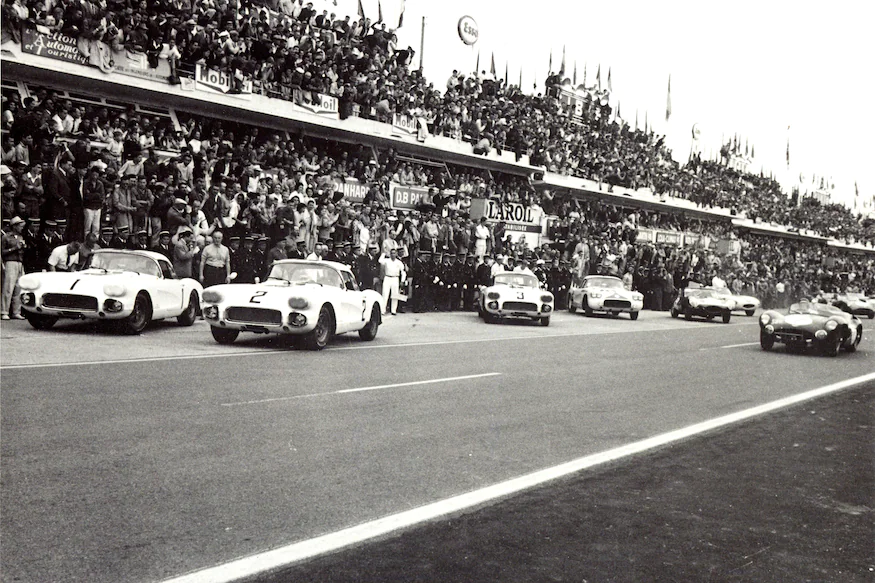
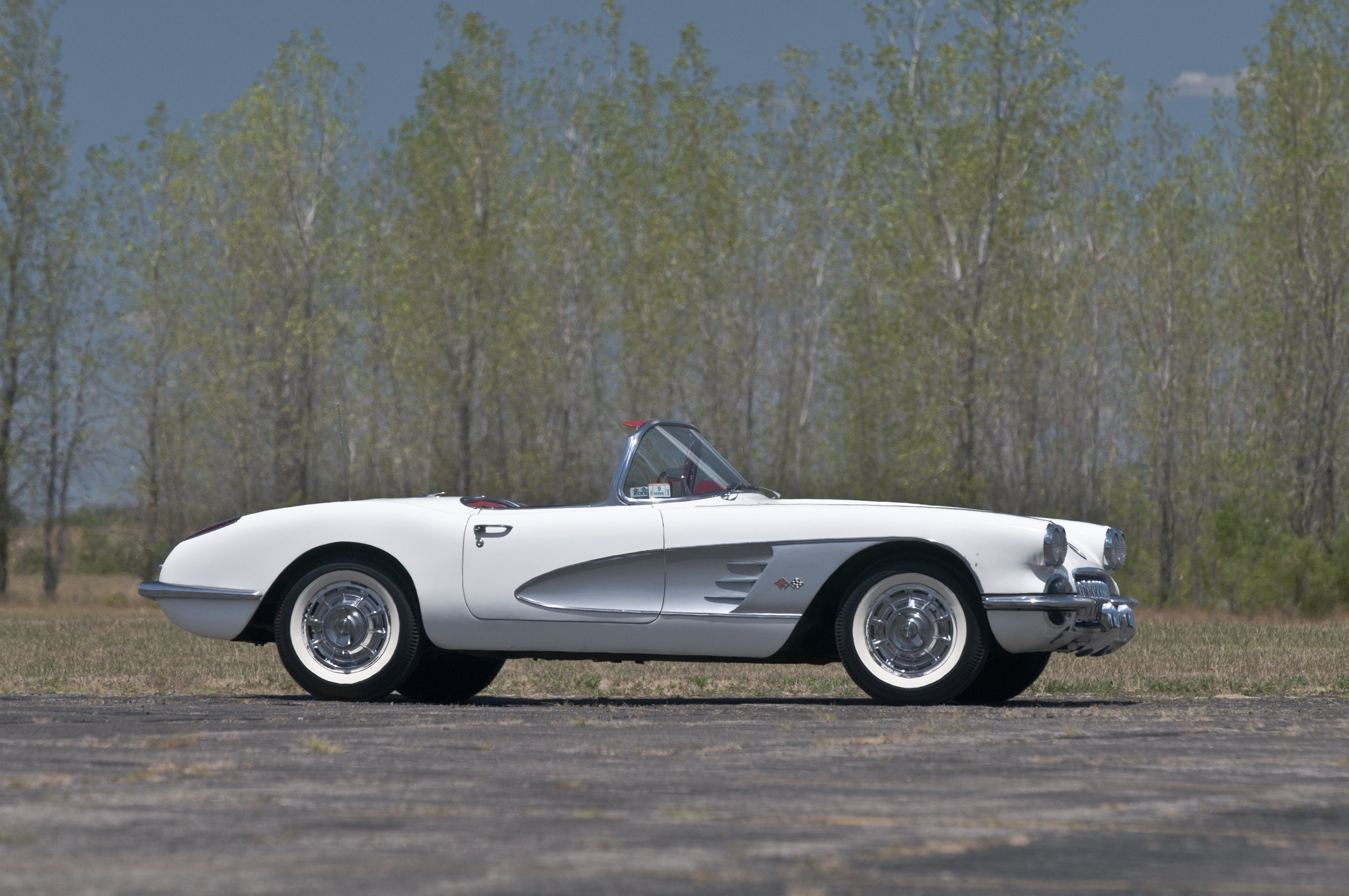
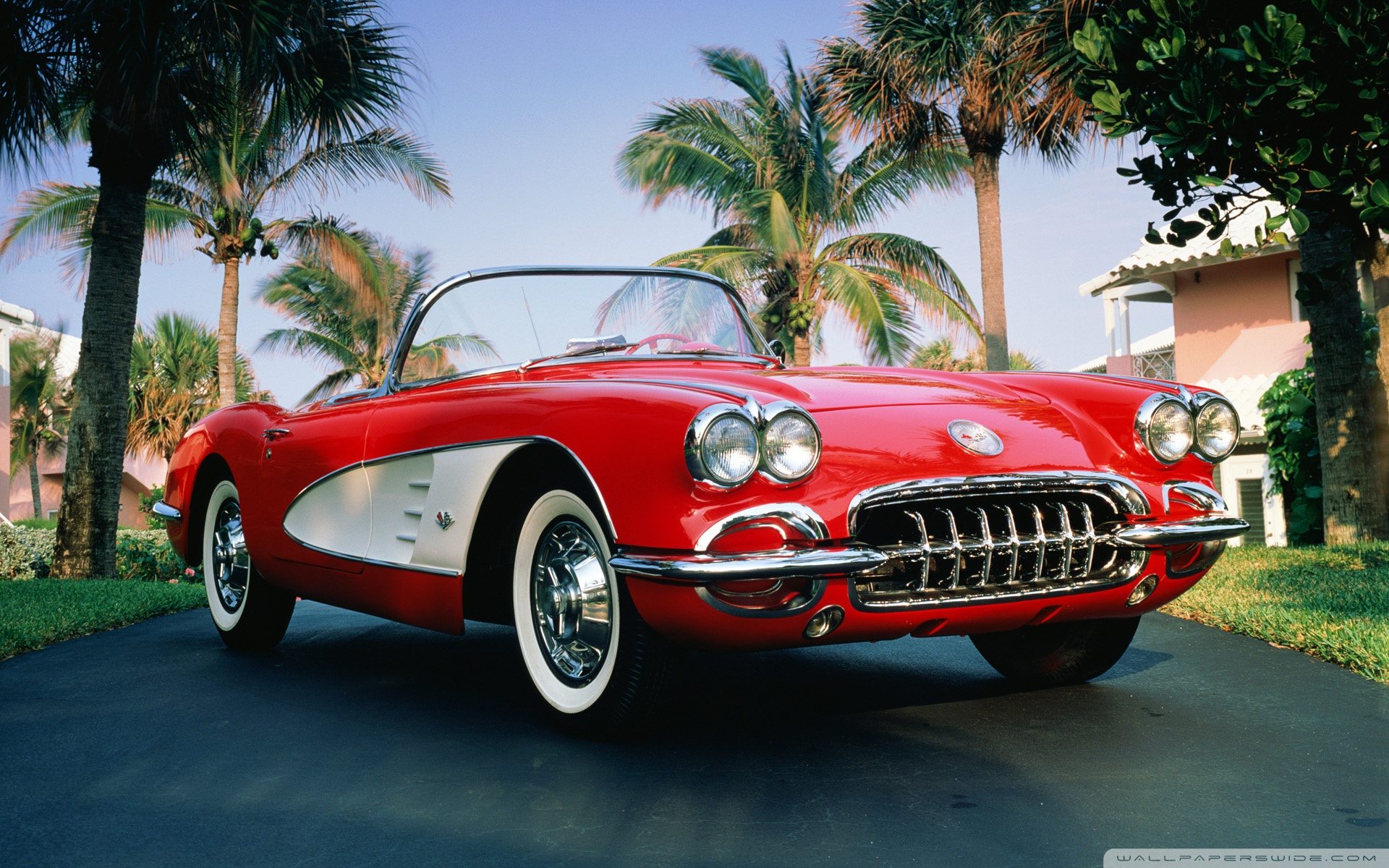
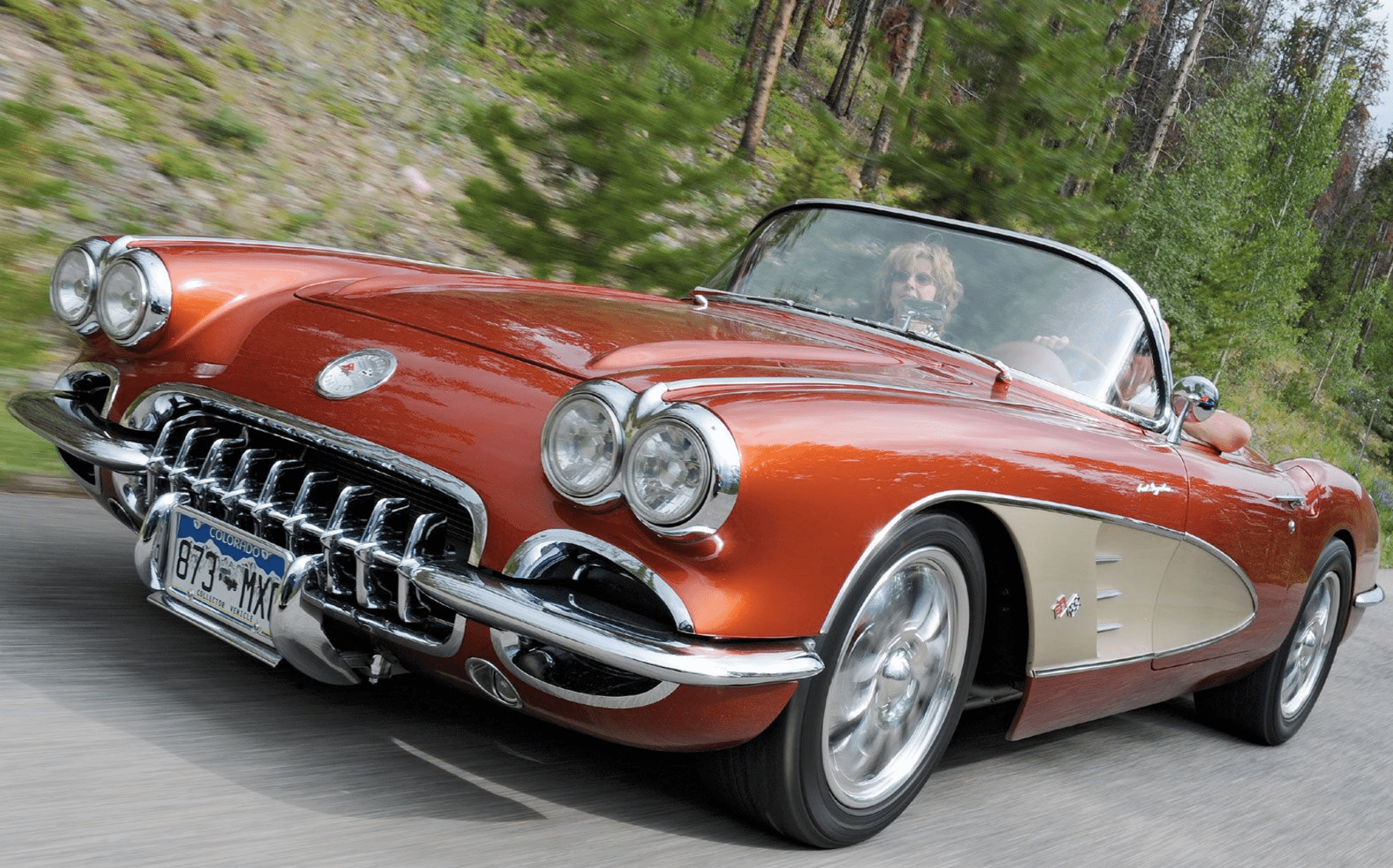
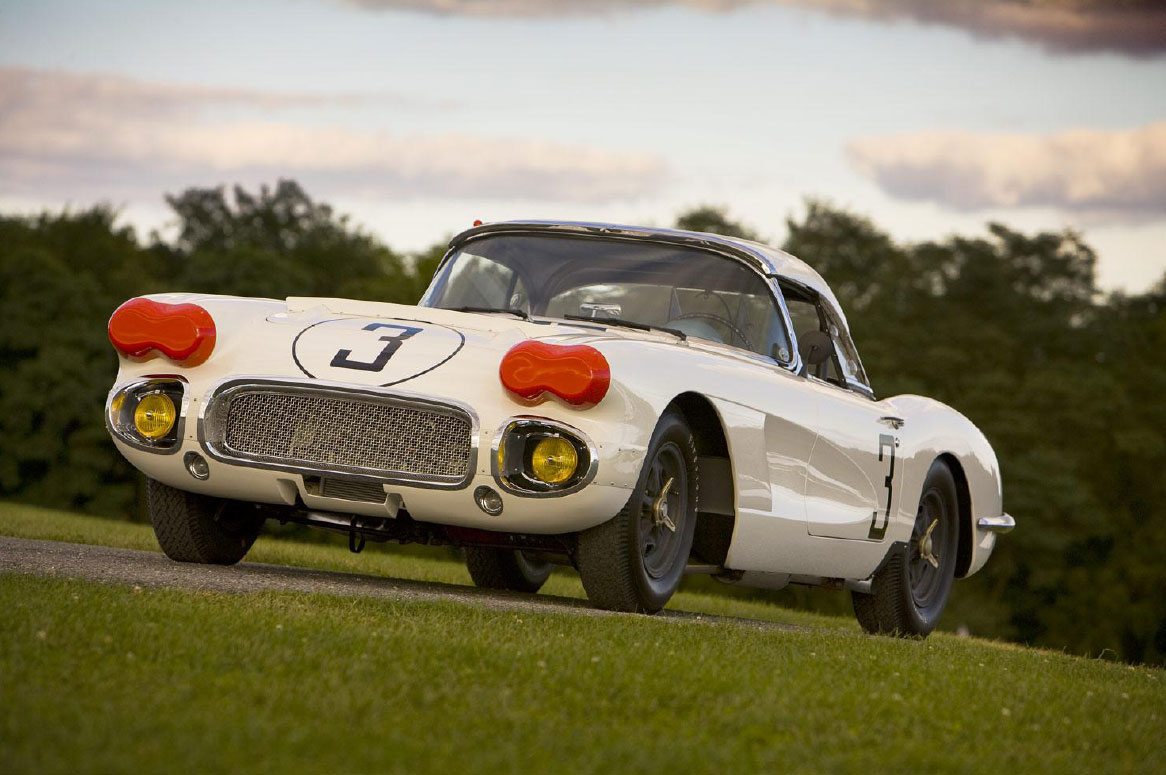
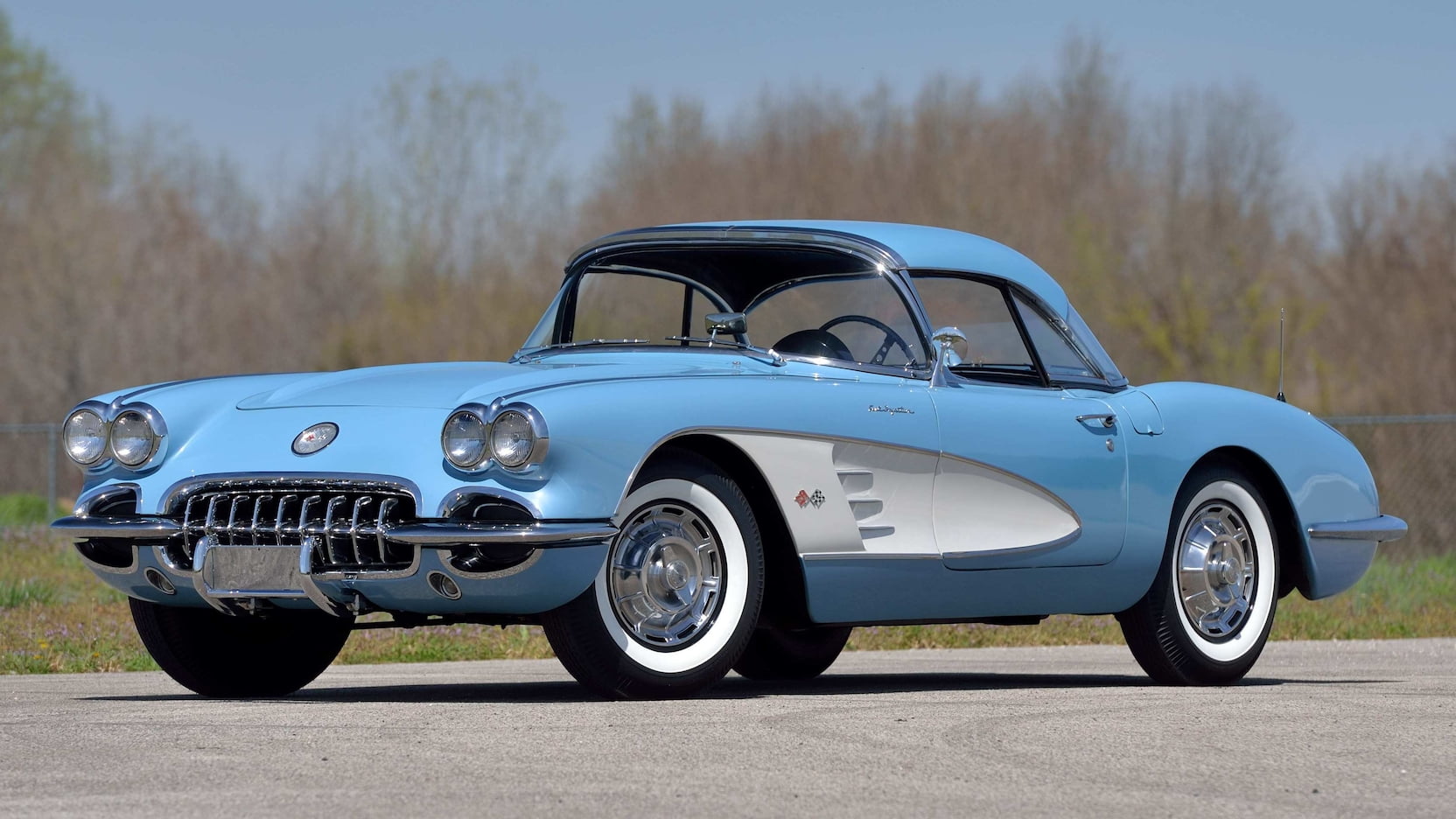
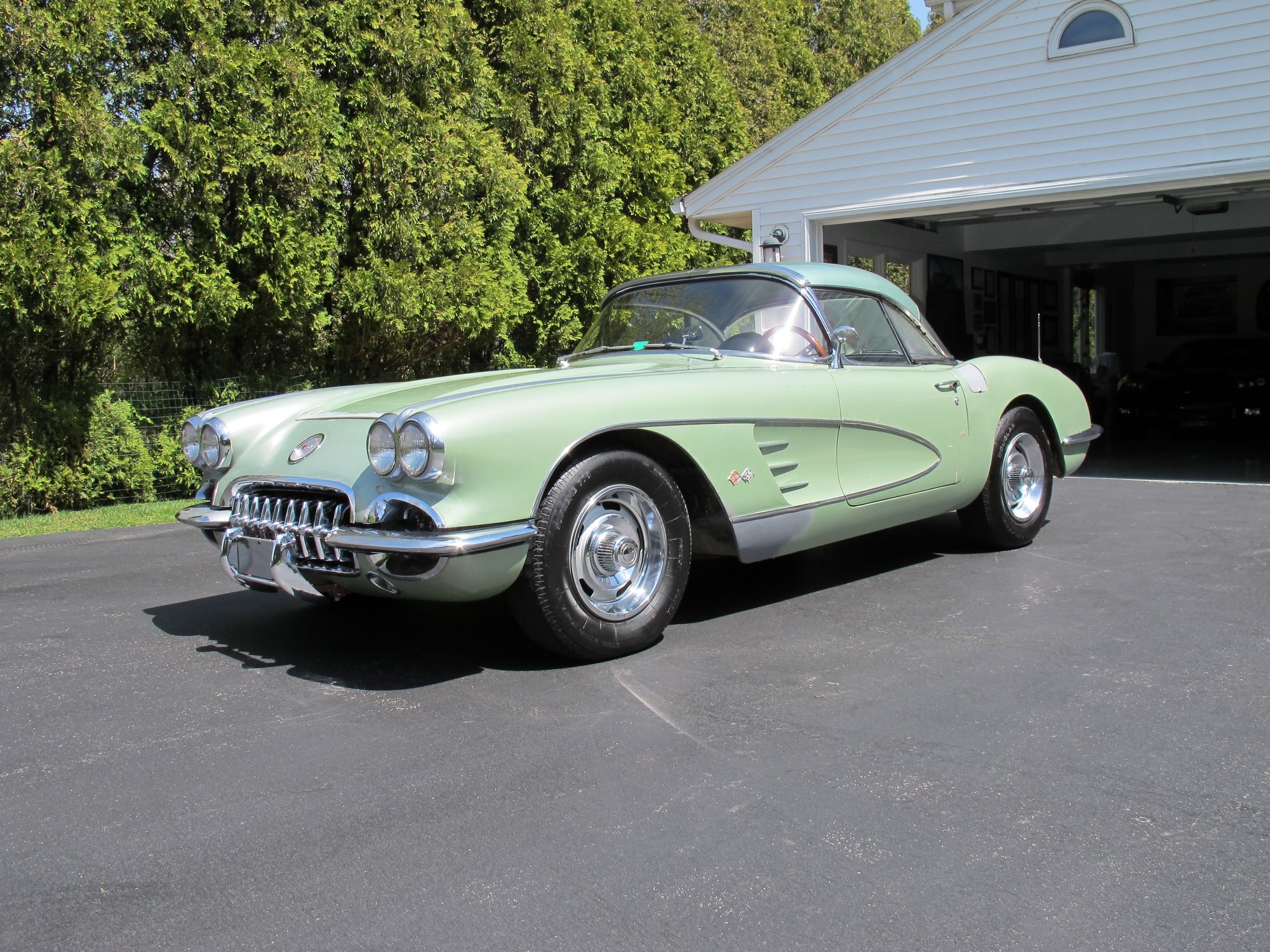

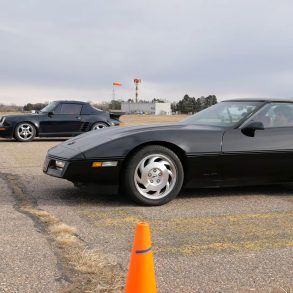
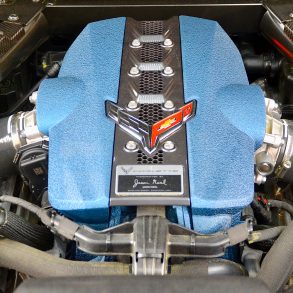
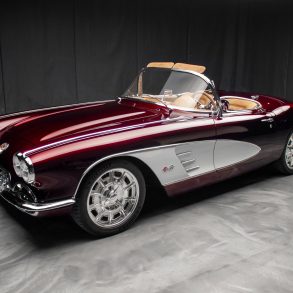
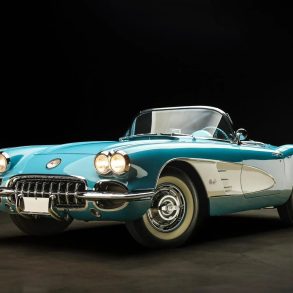

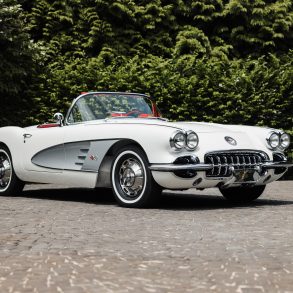
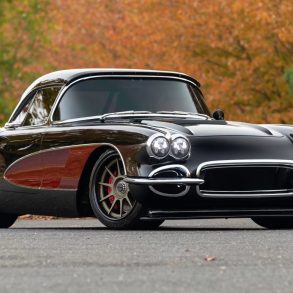

Wow. Incredible Website. From someone who never has and likely never will own a ‘vette.
But, I am a fan of the C1 & C2 in particular. I am a regular player of Sim Racing & Driving games, and sites such as this are an invaluable resource for paint colours, wheel styles and optional upgrades in an effort to make the Sim cars as realistic as possible.
Very Cool.
Is there more of a breakdown where I can find the VINs built on Dec 2, 1959? I see the monthly numbers that show #1454 ended November and #2059 ended December. Thanks. Great comprehensive site!!!
LOOKING FOR A 1959-60 SATEEN SILVER /RED CORVETTE IN NICE CLEAN ORIGINAL CONDITION.THANK YOU.
BEVERLY THOMAS